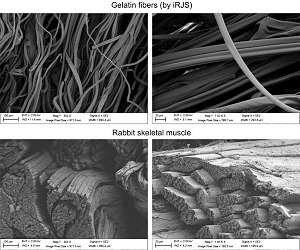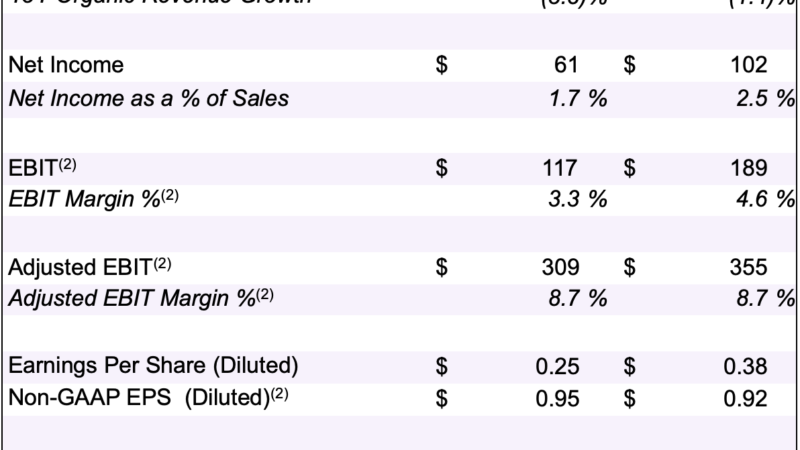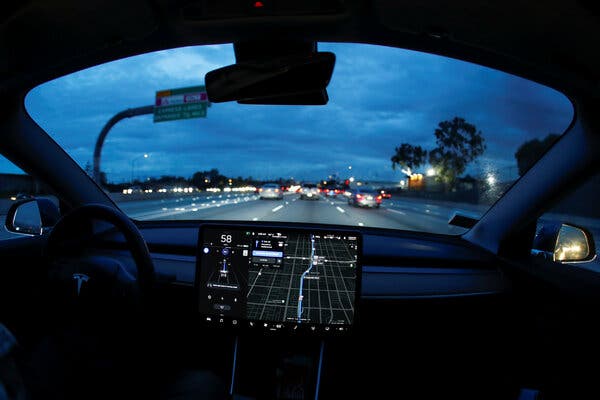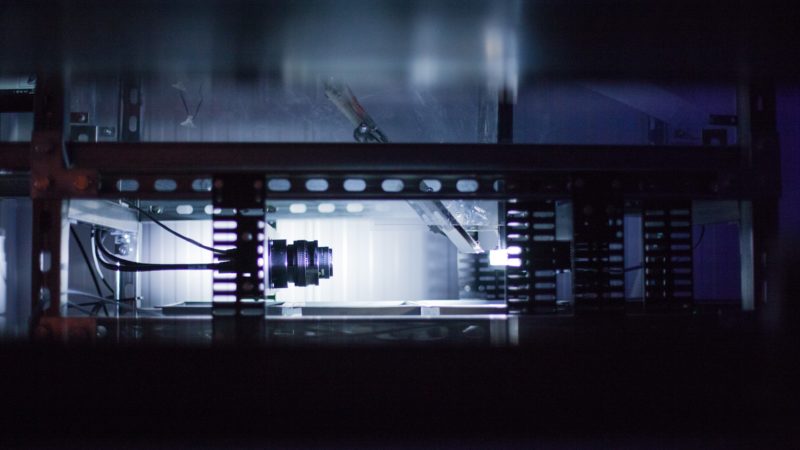NASA advances food-in-space technology – Space Daily
NASA is prepared to plant new varieties and bigger quantities of food in gardens on the International Space Station as part of its planned Moon to Mars program.
While astronauts in orbit harvest and sample leafy greens grown in space, scientists on the ground in Florida develop new space crops using the same equipment.
Growing food in space has become part of NASA’s planned Artemis missions for travel to the moon and Mars because the agency has found that gardens on board boost astronaut nutrition, psychology and health.
NASA envisions a ramp-up of fresh food production in space by adding more growing chambers in the coming years.
Plants are grown on the ground exactly as they are in space — with the exception of weightlessness. That allows NASA to target new plant varieties that could grow on the space station, such as radishes, tomatoes and chili peppers.
The space agency also studies the difference between plants grown in space and those grown on the ground to spot any potential differences.
A study of plants on the space station from 2014 to 2016 found similar nutrient levels to those grown on the ground except for one harvest that had slightly lower levels. NASA concluded it could produce safe, edible, fresh food to supplement astronauts’ diets.
Growing significant amounts of vegetables in a weightless environment is a challenge that NASA says must be overcome to tackle more deep-space travel, especially to send people to Mars.
Fresh food is not only nutritional, but it also helps astronauts’ mood, as they often report a craving for more flavor on long missions, said Matthew Romeyn, a NASA project scientist for the space station.
He said gardens in space also benefit astronauts psychologically, while research has shown the water and structures of a garden can block space radiation. Large gardens could improve oxygen levels because plants take in carbon dioxide and emit oxygen.
“Astronauts love to see something green and growing in the sterile environment of space,” Romeyn said. “They make regular requests for what they want to grow [during] their missions.”
For that reason, NASA envisions that astronauts would continue some garden tasks while automated systems handle the bulk of the work, he said.
The space station has two small growing units called Veggies, which astronauts tend, and a newer Advanced Plant Habitat that requires less maintenance.
The habitat is no bigger than an apartment-sized mini refrigerator. It regulates temperature, light, oxygen and water, and can be controlled by technicians on the ground.
NASA plans to add more of the advanced habitats to boost the plant production enough to have significant produce available for longer missions.
NASA’s Moon to Mars program timeline has humans landing on the moon again by 2024 for sustained exploration and use, and then to demonstrate the capabilities required for human missions to Mars and other destinations.
Romeyn said the space station is easy to resupply with cargo — but NASA wants as much sustainability on board as possible.
Astronauts “could be in space and on Mars for years,” Romeyn said. NASA said it would take about nine months for a crewed spacecraft to reach the planet.
He said NASA hopes to make fresh food a regular menu item, although long-term stored food still would be necessary.
Plants grow easily in space, but watering them properly is difficult. That’s because water floats in space, so various sponges or absorptive materials are used to hold the water for roots to access. The first few attempts to grow plants failed because of too much or too little water.
“Microgravity is the largest hurdle to overcome. It’s difficult to get the amount of water precise, and the amount of nutrients,” said Robert Richter, director of environmental systems at NASA contractor Sierra Nevada Corp. The firm has received contracts for $11 million to develop the advanced habitat.
Astronaut time to tend plants is limited in space, especially now as missions have been curtailed while NASA negotiates more seats on Russian Soyuz rockets.
The intended replacement for Russian launches, new capsules from Boeing and SpaceX, are more than two years behind schedule. The space station gardens are currently empty as a new batch of seeds awaits planting, Romeyn said.
Richter and Sierra Nevada are working on an expanded version of the advanced habitat that could cover a significant part of the walls in a space station module.
“The end goal really is having fresh food on long-duration missions,” Richter said. “We are finding dehydrated meals lose their nutrients over time, and you can’t beat the fresh flavor of something that’s essentially alive when you eat it.”
Related Links
Space Tourism, Space Transport and Space Exploration News
| Thanks for being there; We need your help. The SpaceDaily news network continues to grow but revenues have never been harder to maintain. With the rise of Ad Blockers, and Facebook – our traditional revenue sources via quality network advertising continues to decline. And unlike so many other news sites, we don’t have a paywall – with those annoying usernames and passwords. Our news coverage takes time and effort to publish 365 days a year. If you find our news sites informative and useful then please consider becoming a regular supporter or for now make a one off contribution. |
||
| SpaceDaily Monthly Supporter $5+ Billed Monthly |
SpaceDaily Contributor $5 Billed Once credit card or paypal |
|

![]()
Insects, seaweed and lab-grown meat could be the foods of the future
Guelph, Canada (SPX) Feb 26, 2020
The world is facing a major food crisis where both obesity and hunger are rising in the context of rapidly changing environments. The Food and Agriculture Organization has presented alternative food sources – such as seaweed and insects – as possible solutions to this crisis. These scientists and policy makers think that if only consumers embraced seaweed diets and ate bugs these problems could be solved. But is this the whole story? As a group of food security researchers from the Universit … read more





